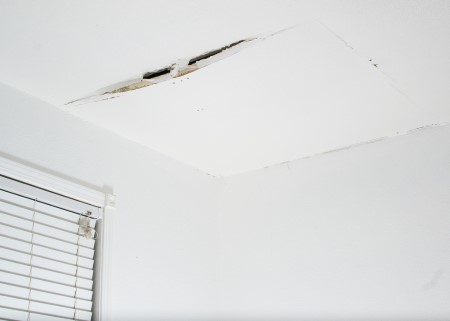6 Water Damage Restoration Do's as well as Don'ts.
6 Water Damage Restoration Do's as well as Don'ts.
Blog Article
Are you currently searching for help and advice on Fire And Water Damage Prevention?

Water gives life, water breach on components where it's not expected to be can result in damages. If the water saturates into your structure, it can peel off away surfaces and deteriorate the structure. Mold and also mold also thrive in a wet atmosphere, which can be hazardous for your wellness. Houses with water damages odor moldy and old.
Water can come from many resources such as tropical cyclones, floodings, ruptured pipes, leaks, and also sewer problems. In case you experience water damages, it would certainly be good to know some safety and security preventative measures. Below are a couple of guidelines on just how to handle water damage.
Do Prioritize House Insurance Coverage Insurance Coverage
Water damage from flooding because of hefty winds is seasonal. However, you can additionally experience a sudden flood when a faulty pipe instantly bursts right into your home. It would be best to have house insurance policy that covers both acts of God such as natural tragedies, and emergencies like busted plumbing.
Don't Neglect to Switch Off Utilities
In the event of a catastrophe, specifically if you stay in a flood-prone area, it would be a good idea to switch off the main electrical circuit. This cuts off power to your whole home, protecting against electric shocks when water comes in as it is a conductor. Do not neglect to transform off the major water line shutoff. When floodwaters are high, furnishings will certainly move as well as create damages. Having the primary valve turned off avoids further damages.
Do Remain Proactive and Heed Weather Alerts
Storm floodings can be extremely unforeseeable. Stay ready as well as positive if there is a history of flooding in your neighborhood. If you live near a river, lake, or creek , listen to discharge cautions. Get valuables from the very beginning as well as cellar, then placed them on the greatest possible degree. Doing so minimizes potential home damage.
Do Not Overlook the Roof
You can avoid rainfall damages if there are no holes and leaks in your roof covering. This will protect against water from flowing down your walls as well as saturating your ceiling.
Do Pay Attention to Small Leaks
A ruptured pipeline doesn't occur overnight. Usually, there are red flags that indicate you have compromised pipes in your house. You may see gurgling paint, peeling off wallpaper, water touches, water stains, or leaking audios behind the walls. At some point, this pipe will break. Preferably, you must not await points to intensify. Have your plumbing fixed before it causes huge damage.
Do Not Panic in Case of a Burst Pipe
When it comes to water damages, timing is key. Hence, if a pipe ruptureds in your home, immediately shut off your primary water shutoff to cut off the source. Call a trustworthy water damage remediation specialist for assistance.
Water offers life, water invasion on components where it's not supposed to be can result in damages. Houses with water damage scent old as well as musty.
Water damage from flooding dues to hefty winds is seasonal. You might discover bubbling paint, peeling off wallpaper, water streaks, water spots, or trickling sounds behind the walls. When it comes to water damages, timing is key.
Some Do's & Don't When Dealing with a Water Damage
DO:
Make sure the water source has been eliminated. Contact a plumber if needed. Turn off circuit breakers supplying electricity to wet areas and unplug any electronics that are on wet carpet or surfaces Remove small furniture items Remove as much excess water as possible by mopping or blotting; Use WHITE towels to blot wet carpeting Wipe water from wooden furniture after removing anything on it Remove and prop up wet upholstery cushions for even drying (check for any bleeding) Pin up curtains or furniture skirts if needed Place aluminum foil, saucers or wood blocks between furniture legs and wet carpet Turn on air conditioning for maximum drying in winter and open windows in the summer Open any drawers and cabinets affected for complete drying but do not force them open Remove any valuable art objects or paintings to a safe, dry place Open any suitcases or luggage that may have been affected to dry, preferably in sunlight Hang any fur or leather goods to dry at room temperature Punch small holes in sagging ceilings to relieve trapped water (don't forget to place pans beneath!); however, if the ceiling is sagging extremely low, stay out of the room and we'll take care of it DO NOT:
Leave wet fabrics in place; dry them as soon as possible Leave books, magazines or any other colored items on wet carpets or floor Use your household vacuum to remove water Use TV's or other electronics/appliances while standing on wet carpets or floors; especially not on wet concrete floors Turn on ceiling fixtures if the ceiling is wet Turn your heat up, unless instructed otherwise

I was brought to that editorial on Simple Solutions To Preventing Fire And Water Damage To Your Home through an acquaintance on another domain. So long as you enjoyed our post kindly be sure to pass it around. Thanks for your time. Visit us again soon.
Report this page